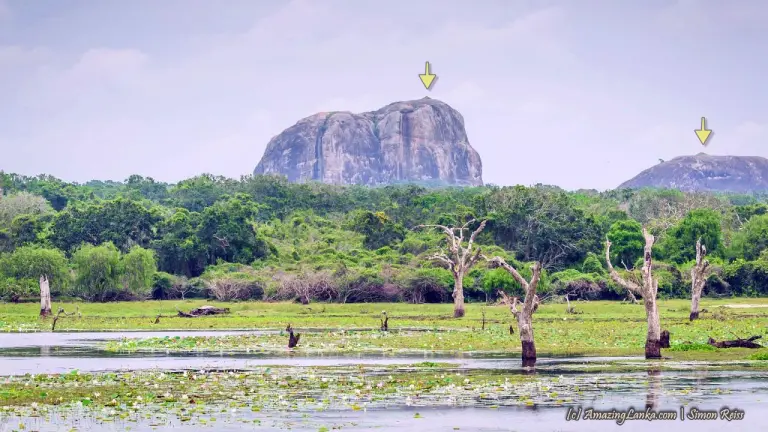- Area: Sri Lanka
- Type: Attractions
- Group: Buddhism ruins
Yala National Park is one of the most popular wildlife parks in Sri Lanka, covering over 100,000 hectares. Yala is also said to have the highest concentration of leopards in the world and attracts close to a million visitors a year. However, the area covering Yala was part of the ancient kingdom of Rohana, which flourished a few centuries before Christ.
With the arrival of Buddhism to the country in 250 BC, the Rohana sub-kingdom too experienced a massive rising of large monastic complexes which could support thousands of bhikkhus. According to ancient text (Sammoha Vinodani Atuwawa), Sithulpawwa Rajamaha Viharaya is said to have had 12,000 Arhaths during the great famine of Beminitiyasaya in the 1st century BC.
The golden era of this region, however, came to an end due to wars among petty kings, drought, famine, disease, and the destruction of irrigation infrastructure due to non-maintenance. The Jungles had crept over this once populous area by the time Europeans arrived in Sri Lanka. However, remnants of this forgotten kingdom are still found on almost every rock outcrop inside Yala.
Elephant Rock (Ethgalpawwa) is the highest peak of a rocky outcrop covering about 385 acres (1.15 km2) inside the Yala Wildlife Park. This rock shows a perfect outline of a standing elephant when viewed over the ancient reservoir of Buthawa Wewa giving its name the Elephant Rock. From the same location, you can see the ruined Akasa Chetiya stupa on top of this massive rock against the blue sky. Right to the elephant rock, on another lower outcrop, you can see the outline of another stupa of this ancient monastic complex. Not much research has been done on this archaeological site due to its remoteness but the ruins in Yala which had been studied had been dated to periods between the 2nd to 3rd centuries BC. Being part of the same civilization, this monastery too should belong to the same period.
This site along with some other sites inside the Yala National Park had been visited by Mr. M.H. Sirisoma, Assistant Commissioner of the Archaeology Department in 1974.
The Stupa on Ethgalpawwa lies on the eastern side. A surface examination of the Akasachethiya stupa yielded several coins VOC, King Edward IV, and Queen Victoria. Another stupa has been discovered on the eastern ridge of the Elephant Rock. This had already been dug up by treasure hunters. On clearing a part of a pesewa terrace a small crystal reliquary and a Dutch VOC coin had been discovered.
In July 2021 it was reported that the Director General of the Department of Wildlife Conservation has given approval to three officials from the Department of Archaeology to conduct a survey around this iconic Akasa Chaitya in Block 1 of Yala National Park. The letter mentions conditions for certain renovations. It was later disclosed in a tweet by the opposition leader that the government is planning to illegally take over 12,000 acres from Yala Block 1 for a concealed purpose and that there are plans to build a road in Akasachathiya. There has been a fury of activity to stop the destruction of the last refuge of many wildlife in the area by environmentalists.

